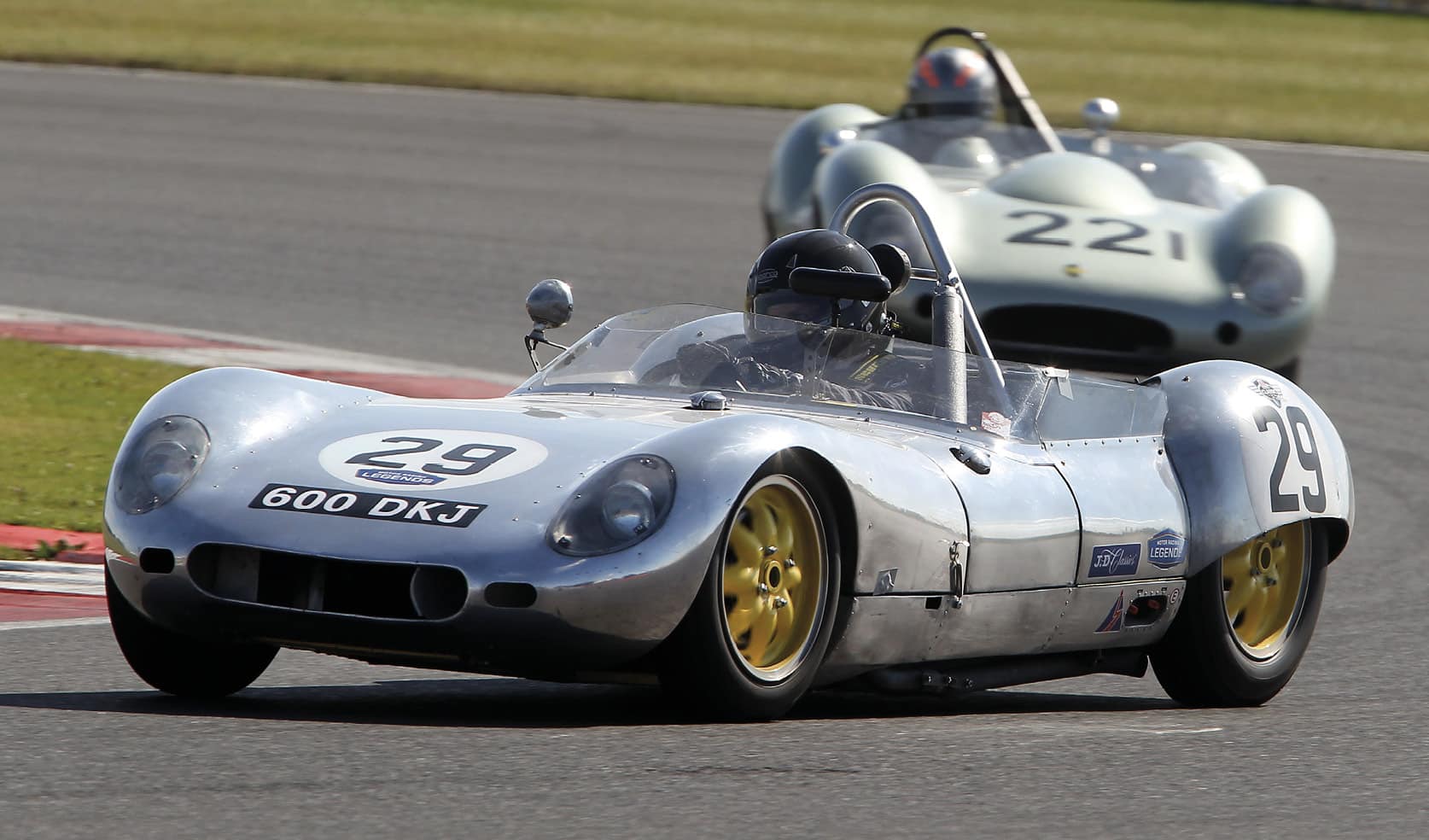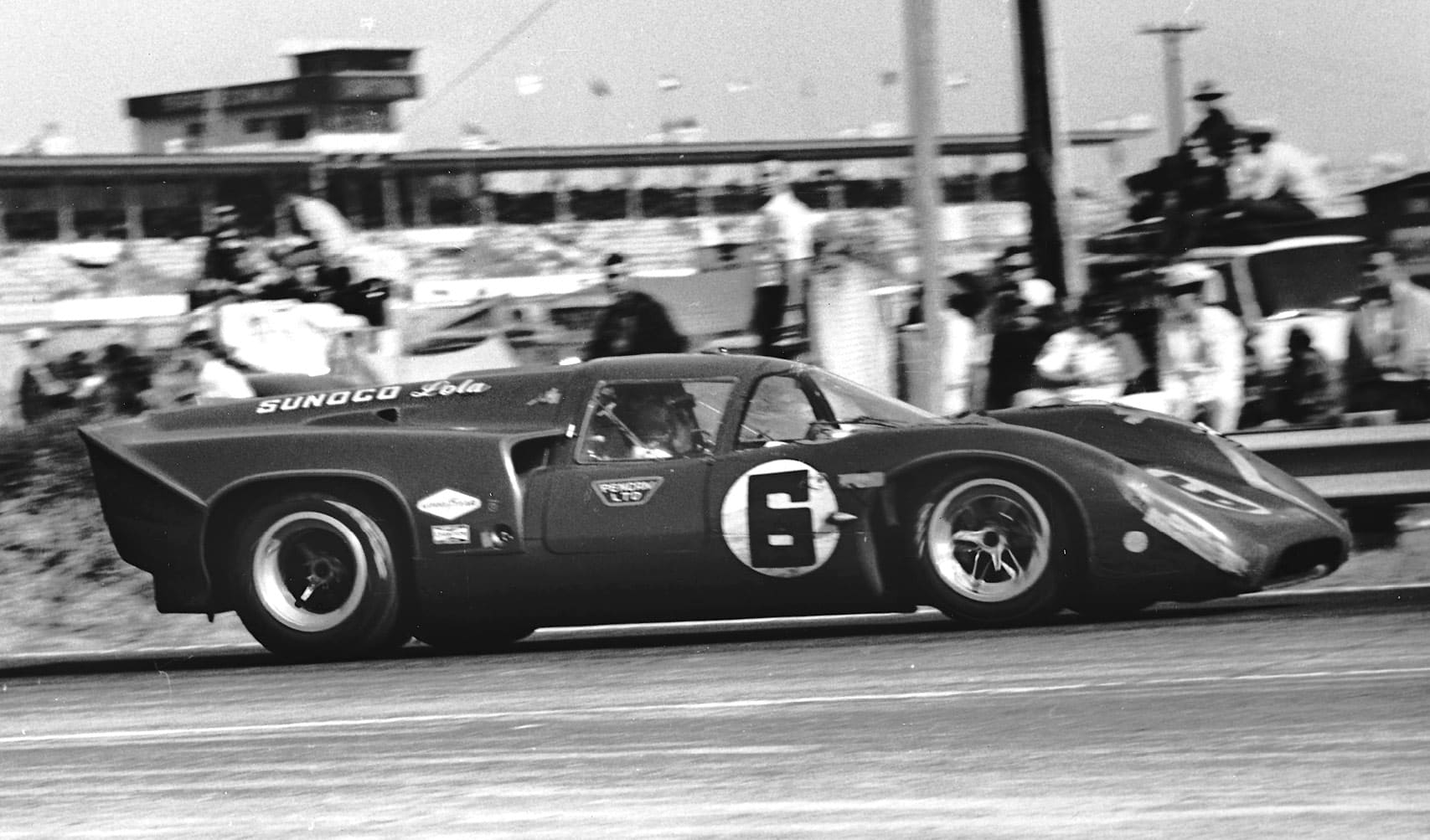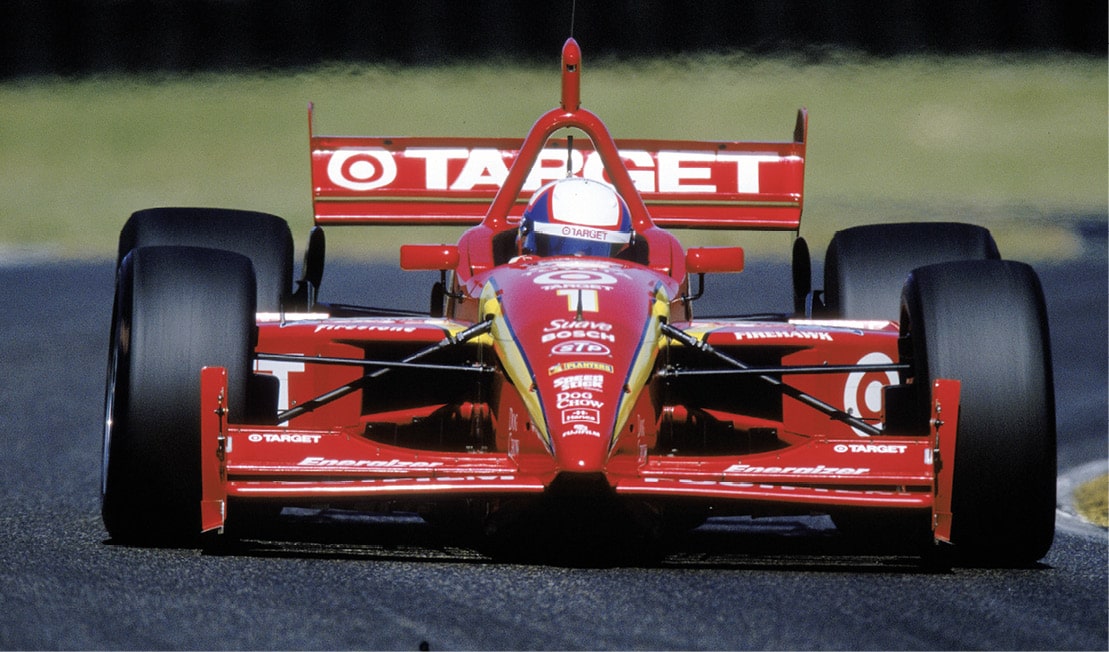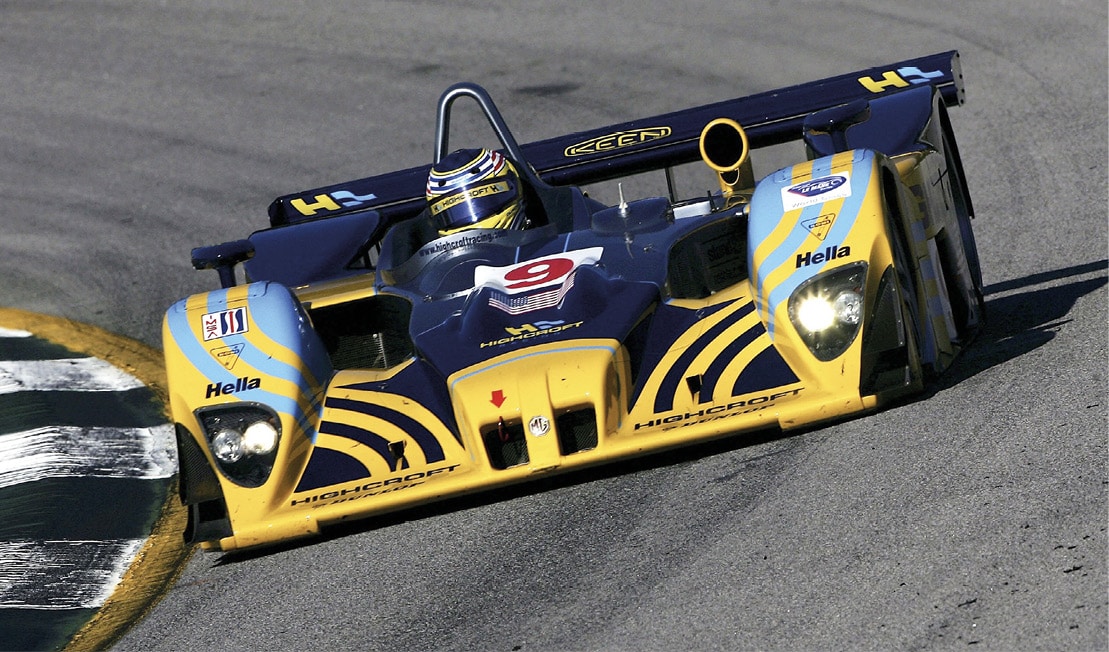For sale: Lola, two careful owners
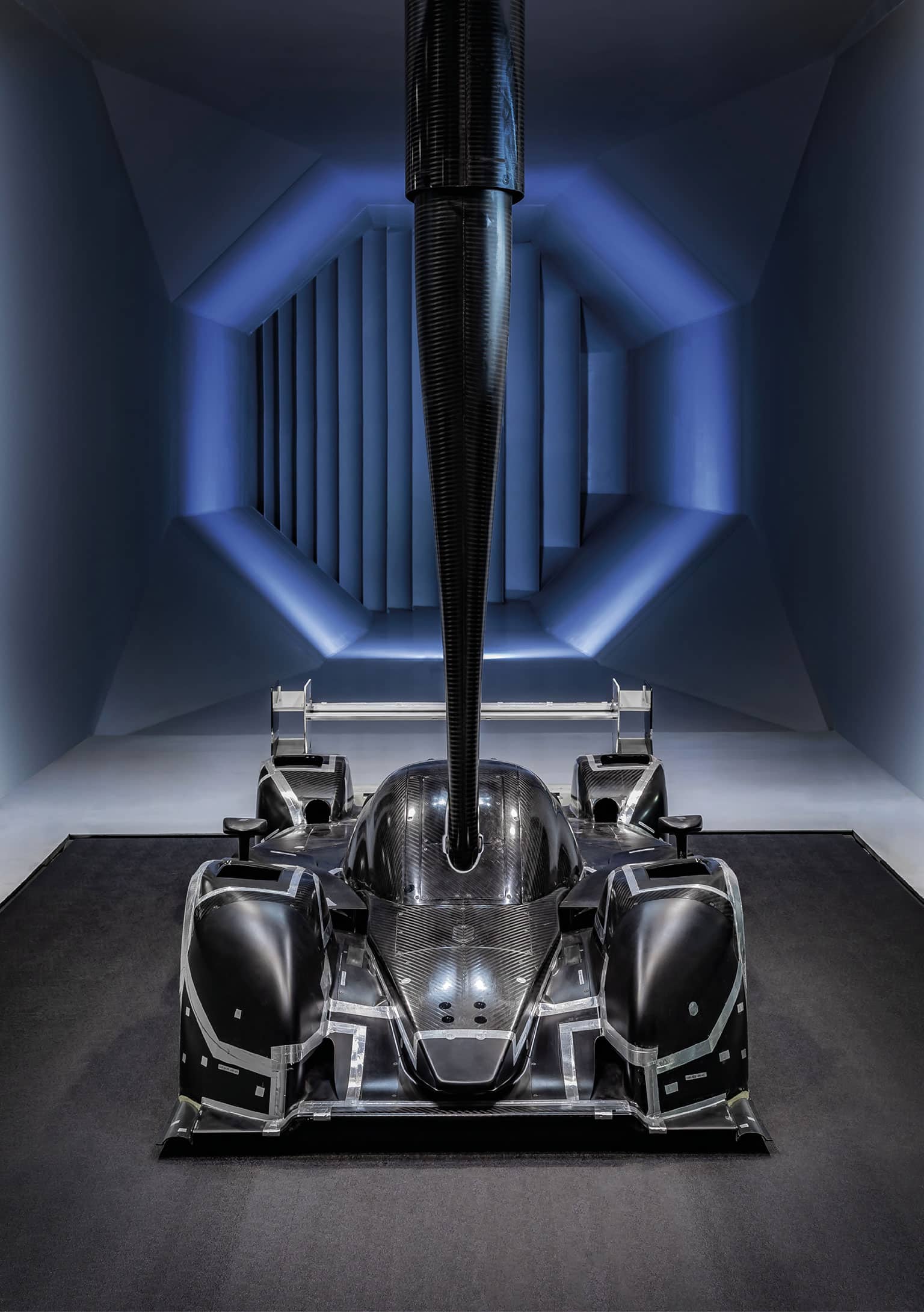
Lola’s wind tunnel was once owned by BAe and is part of the workshop complex. Lined up is a scale model of a 2012 Rebellion Racing Lola LMP1
There’s something eerie, a bit Mary Celeste about this place. It’s as if the workforce has downed tools and headed to the pub for lunch, and you almost expect them to be back in a minute. Except they won’t, of course, because this is the technical hub of Lola, one of the great racing car constructors, but one that hasn’t produced an Indycar, sports car or anything else since 2012 when the company, with a collective sigh that reverberated throughout motor sport, closed its doors. This isn’t some museum, however, frozen for posterity in memory of a constructor that, first under founder Eric Broadley and later in the hands of proud Irishman Martin Birrane, continually batted above its (perceived) average. To borrow from Star Wars, this is a fully armed and operational battle-station – and it’s all for sale, ready and waiting for the third age of Lola to begin.
Unless you know where it is, finding Lola in an unremarkable industrial estate on the outskirts of Huntingdon would be a tall order. But accurate directions take us to Chris Saunders, Lola old boy, guardian and operational manager for the technical facility. We’re here for a tour from Saunders and engineering consultant David McRobert, who has been retained to clinch a sale by Peer Group, Birrane’s umbrella company that owns Lola Group Holdings. So is a Lola revival really possible? To find out, we first ask what is for sale? The short answer is all of it – not just the technical facility and its prized wind tunnel.
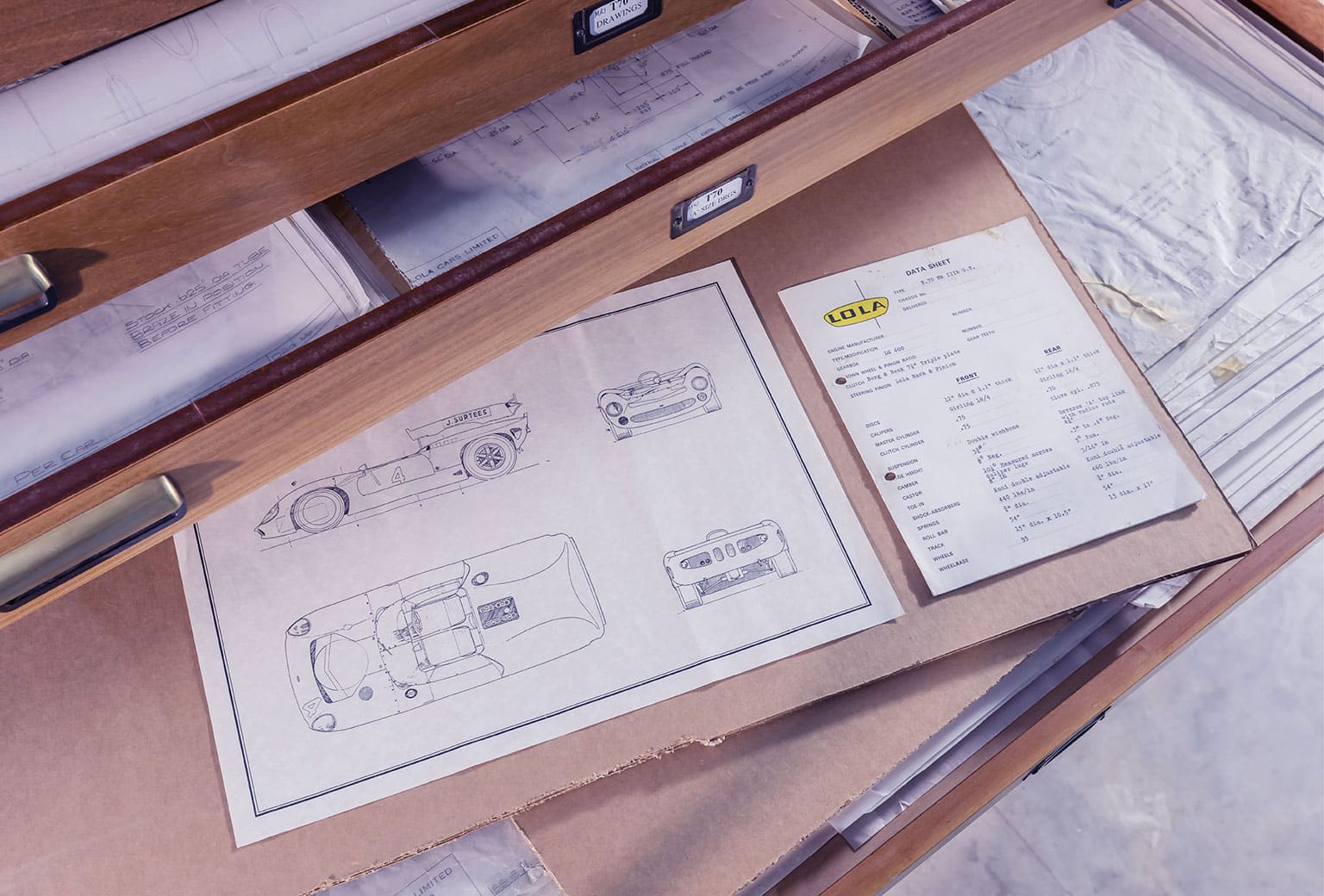
Original drawings
“The sale includes three basic elements,” says McRobert. “First of all there’s the Lola name and brand, which obviously carries a lot of heritage. Secondly, what we describe as the Lola IP, the technical know-how, mainly in the form of drawings and specifications that would allow someone to build something like a T70 continuation car or indeed any of the other models Lola produced over the years. And the third element is the Lola technical centre and wind-tunnel facility.” That’s what Saunders is champing at the bit to show us.
We wander past abandoned workbenches, silent machinery and storage shelves still packed with complete and part-built models, moulds and assorted odds and sods. This model looks like a Formula 1 car. It is: an early rendering of the stillborn chassis with which Birrane planned to propel Lola back into a supposedly budget-capped F1 in 2010 – until Max Mosley’s FIA inexplicably denied the company an entry.
Down on the ground floor sits a seven-post rig, a key component of this facility – although we’re told the jacked-up orange Porsche 911 Targa that currently sits on it won’t be thrown in with any deal that’s struck. “There was never going to be a seven-post rig in this facility,” points out Saunders in one of the many examples he gives of just what Birrane did for Lola after he took over from Broadley in 1997. “It was [long-time Lola designer] Ben Bowlby who sidled up to Martin and asked for one. We knew there was room downstairs. ‘What will it do for us?’ ‘Make us go faster.’ ‘OK then.’ That was the conversation – and they are not cheap.”
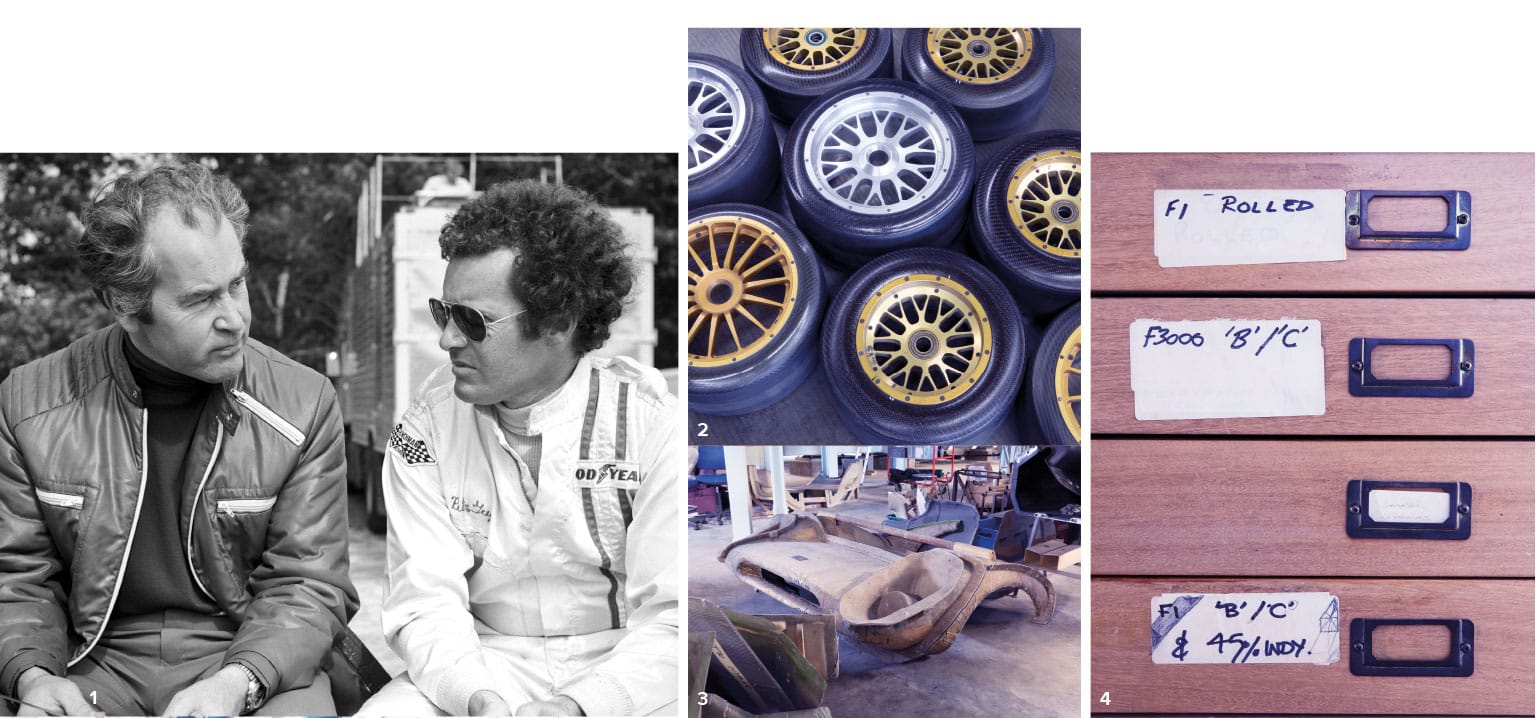
1. Eric Broadley, Lola founder and designer, with American driver Peter Gregg at the Can-Am Minneapolis Tribune Grand Prix, Donnybrooke Raceway, September 1972; 2. Wheels for wind-tunnel models; 3. Original moulds for Lola T70 bodies; 4. Drawers are fullof drawings
But it’s the former BAe wind tunnel that snakes around the majority of the building that is Saunders’ pride and joy. A veteran of both McLaren and Williams before he was recruited to Lola in 1994, the aerodynamicist began negotiations to buy, transport and install the tunnel towards the end of Broadley’s watch, but it was Birrane’s vision, ambition and significant investment that allowed the project to be completed and become a core component of the company from 1999. After a spell at Red Bull and back at McLaren, Saunders was recruited by Peer Group to run and maintain the tunnel he’d helped establish in the wake of Lola’s closure after 2012.
The Mary Celeste vibe is deliberate. “This place is not a dinosaur, it’s not mothballed – it’s a running, functioning, high-quality facility,” he says. “Over the years since Lola went into administration it has been part of my role to ensure that. Peer Group has invested in making sure the kit here is current, safe and reliable, which underpins the whole facility.”
Just to prove how turnkey the tunnel is, he demonstrates for our benefit a seven-point run over five minutes and 15 seconds on the 45 per cent model of a circa 2012 Rebellion Lola currently in situ on the rolling road. There’s a low thrum from the belt as the model makes small movements to the programmed changes in ride-height and yaw angle.

5. Model of the stillborn 2010 F1 car; Lola was unable to get a slot on the season’s entry list; 6. We found a mix of machinery both ancient and modern; 7. T70s in assembly at the Lola factory on Yeovil Road on the Slough Industrial Estate during 1968
Saunders glows with paternal pride, as McRobert points out, “If the phone rings and someone says they have an urgent race car testing job, the answer would be yes.”
From its opening, Birrane ensured the tunnel operated as “a self-contained cost centre”, as Saunders puts it – Lola’s engineers would ‘buy time’ from Chris for their specific needs and that has allowed it to remain in operation since 2012, under its company name of Wind Tunnel Developments. “There have been others who have come in for a disparate kind of testing, not just for race cars,” says Saunders. “The last people in here were the makers of the Watchkeeper unmanned aerial vehicle and that was for certification by the Ministry of Defence. And Scania trucks, from 2004 to 2014, were tested in this facility. They are limited to 56mph and we had a sixth-scale model, which is still big, but we ran at twice the speed, 112mph, so in essence the wind sees the model as third-scale.”
Toyota developed its early F1 cars here in 2000-02, and Saunders also drops in that Mazda’s DPi IMSA endurance racer was a more recent visitor, Multimatic using the facility to carry out tests after taking over the programme from Joest, ahead of claiming pole position and second place at the Daytona 24 Hours last January. “It always produces high-quality data, and it does it quickly and reliably,” says Saunders. “That was always the ethos. Because it was a commercial facility, it had to be bombproof from day one and it still is today. It’s renowned for its correlation from tunnel to track, which can’t be taken for granted, as any F1 team will tell you.”
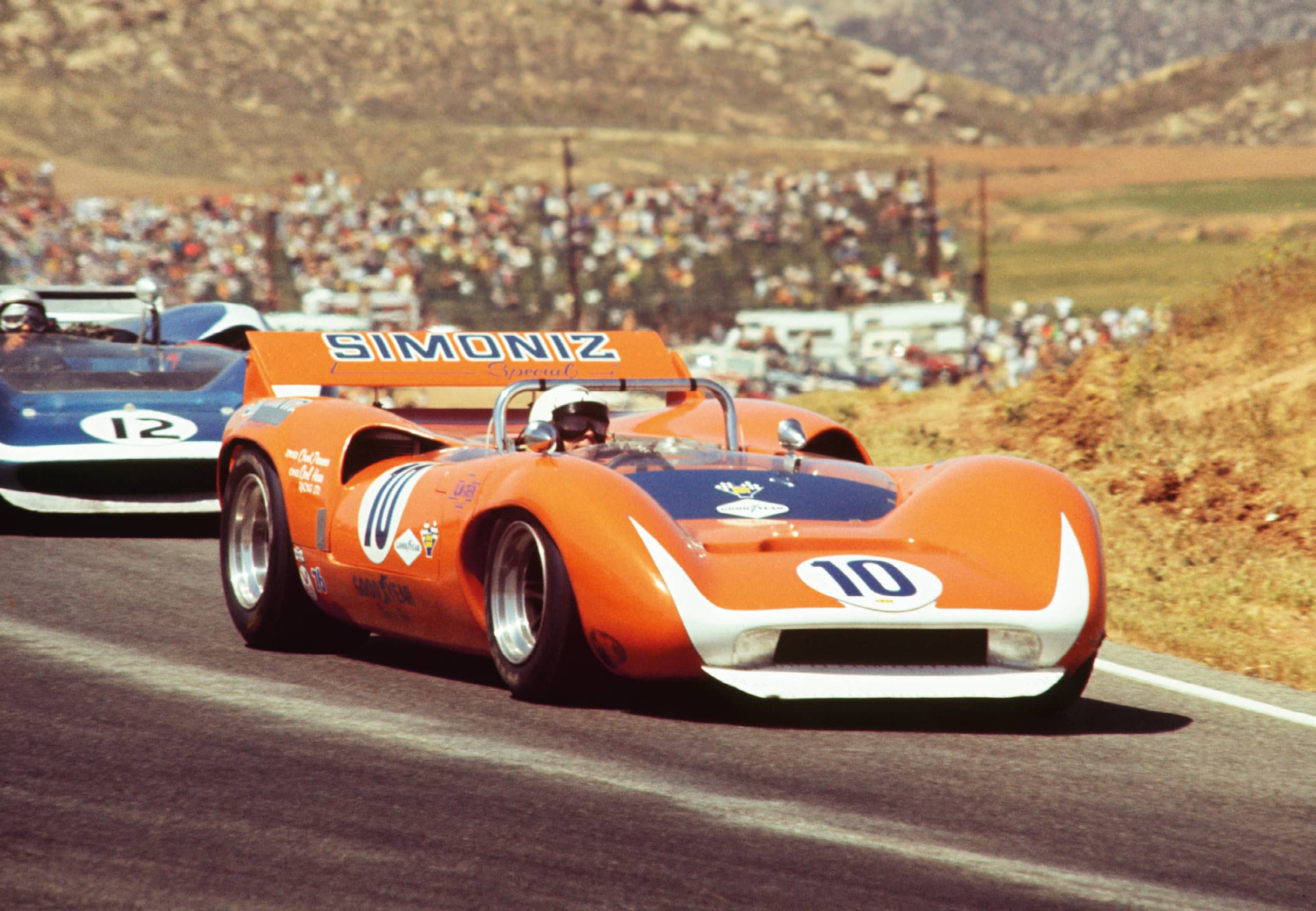
Chuck Parsons and Jerry Entin, both in Chevrolet-powered Lola T70s at Riverside, 1968
From the control room, Saunders leads us downstairs and switches on some lights. Nuzzled beneath the wind tunnel’s steel structure are a bunch of dusty filing cabinets, drawers and stacks of rolled-up paper: behold, the Lola technical archive. And what a treasure it is. We spend the next hour rifling through letters from suppliers and customers, assorted old photos from model launches to IndyCar races, and original technical drawings of components for each and every Lola model. Duck your head on the other side of the tunnel and there are the original jigs for Lola’s eternal masterpiece, the T70. Nothing appears to be either catalogued or organised – a big job for someone. But how wonderful, and how very Lola.
It’s not all random, as Saunders explains. “There are three repositories of data,” he says. “Pretty much everything from 1986 is in some shape or form in CAD format, and it’s all on the server and easy to get at to regenerate parts or to reverse-engineer whatever you want. As you can see, there are thousands of drawings down here, which are all on paper. Drawings going all the way back to the Mk1 in 1958 will be in there somewhere. And some of the data has already been scanned and is available in electronic PDF format. All of what Lola has ever been is available.”
Compared to its rivals, Lola somehow never was fashionable, thanks largely to the man in whose likeness the organisation was formed. Eric Broadley was an engineer, nothing more, nothing less, undemonstrative in both character and action. Where Ron Tauranac at least had Jack Brabham to play the front man, and ‘Flash Harry’ Colin Chapman had the patter to match his wares at Lotus, Eric was just… well, Eric: straight, uncomplicated, reliable, solid – like his cars. If that sounds derisory, it’s not meant to be. Broadley, as much as his supposedly more illustrious contemporaries, also had a flair to build fast, effective racing cars, and did so, in just about every motor sport arena until 1997.
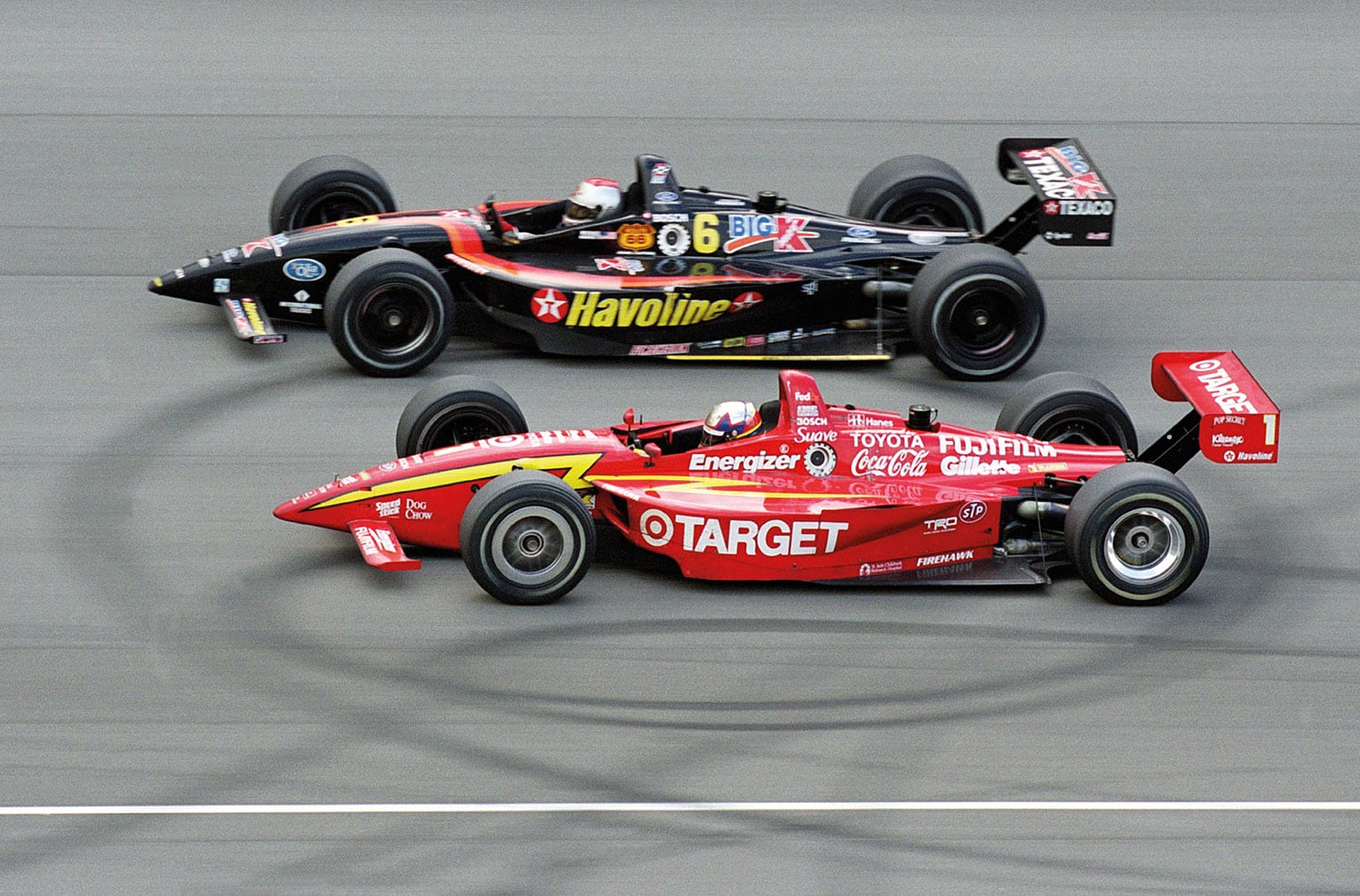
Juan Pablo Montoya in a Lola-Toyota and Michael Andretti in a Lola-Ford neck and neck at the Michigan 500 in the 2000 CART series
What’s your favourite Lola? Would it be an early Mk1 sports racer? How about the purposeful Mk6, upon which the foundations were laid for the Ford GT40? The T70 is a fair (if obvious) shout, either as spider or coupé. Then there are the single-seaters: the Formula 5000s, Indycars, Formula Fords, Formula 3000s – even the heavily stylised A1GPs from the one-make era. When push comes to shove, a definitive list is tough to draw up.
Martin Birrane appeared to love the lot, although he must have had a particular soft spot for the Crowne Racing T292 in which he ran Chris Craft to the European 2-litre Sports Car Championship back in 1973. Then there were the Dorset Racing Lolas he himself drove at Le Mans. His pitch for Lola in ’97, when the company had hit the skids, was personal.
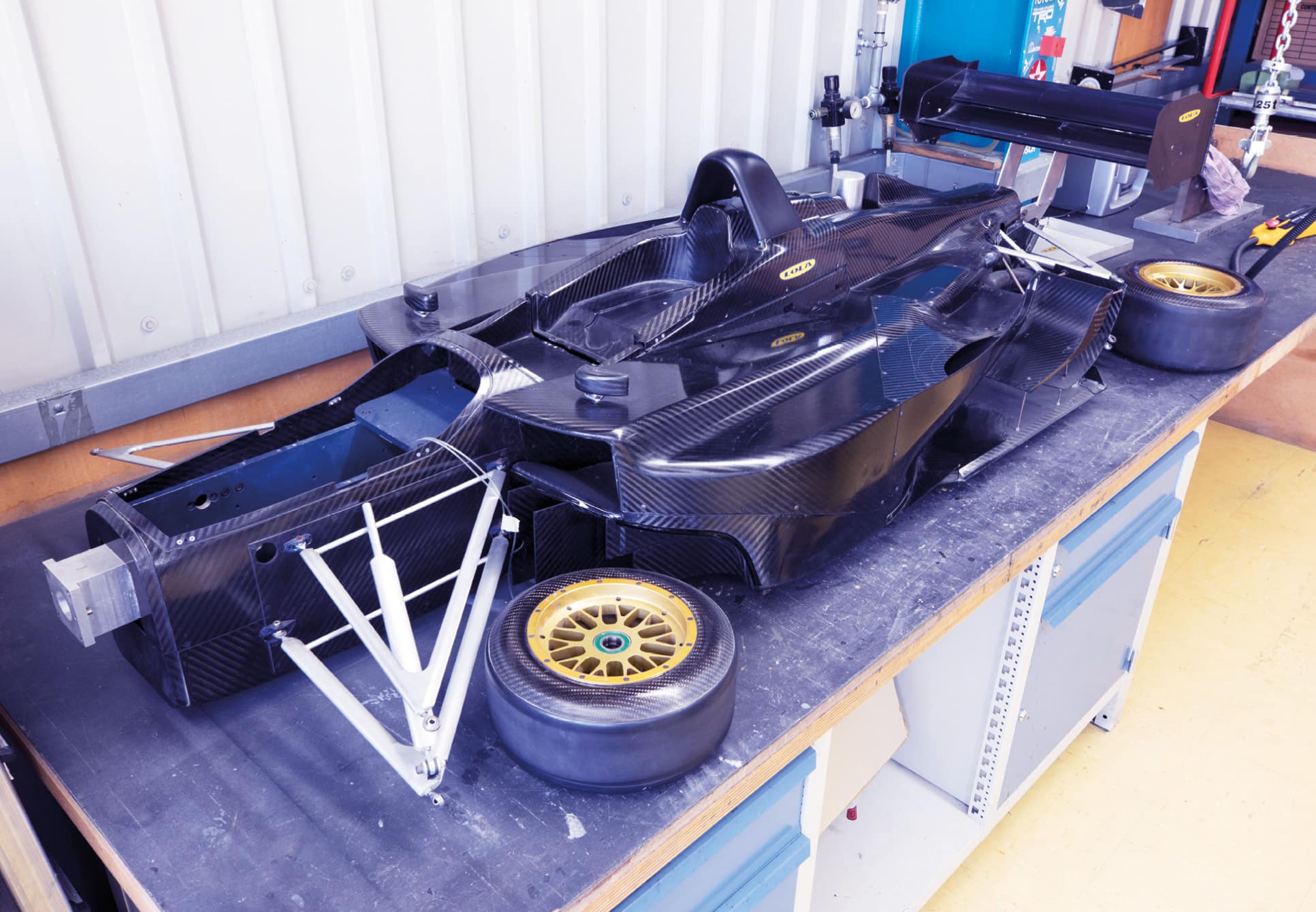
Indycar model, a relic of better times
Son of a tailor from County Mayo, Birrane travelled extensively in his youth and settled for a time in Canada before returning to the UK to build up what would become, in the guise of Peer Group, a £200m property business. Managing director Howard Dawson joined the company in early ’97, just in time to witness Birrane further indulge himself in the sport that was always his greatest passion. Lola had been sunk into a £6m black hole by Broadley’s foolhardy bid to re-establish a foothold in F1, with a new car, the awful T97/30, supposedly backed by MasterCard. One woeful appearance at the Australian GP and Lola’s whole business – already spread thin after a painful falling out with long-time US importer Carl Haas – came crashing down.
“Martin heard Lola could be in difficulty,” recalls Dawson. “Administrators said our offer was ‘way off’ – then they worked through the dreamers and hopers and came back to us for what was a cash deal. It was completed in ’97.”
Why did he take on a business that always looked likely to be an uphill struggle? “Martin was looking for a new challenge,” Dawson says. “He was 62, he’d owned Mondello Park in Ireland for 11 years, he’d been successful in business and racing was his passion. Plus he had a huge respect for Eric Broadley.”
Saunders recognised his new boss’ commitment early on, as he pitched for investment in the wind tunnel. “Martin was passionate about Lola,” he says. “He put a lot of money in to develop it. I remember sitting with him and saying, ‘Most people like you who are spending a lot of money have a helicopter, a boat and mistress – you’ve got Lola Cars!’ He was amused by that.”
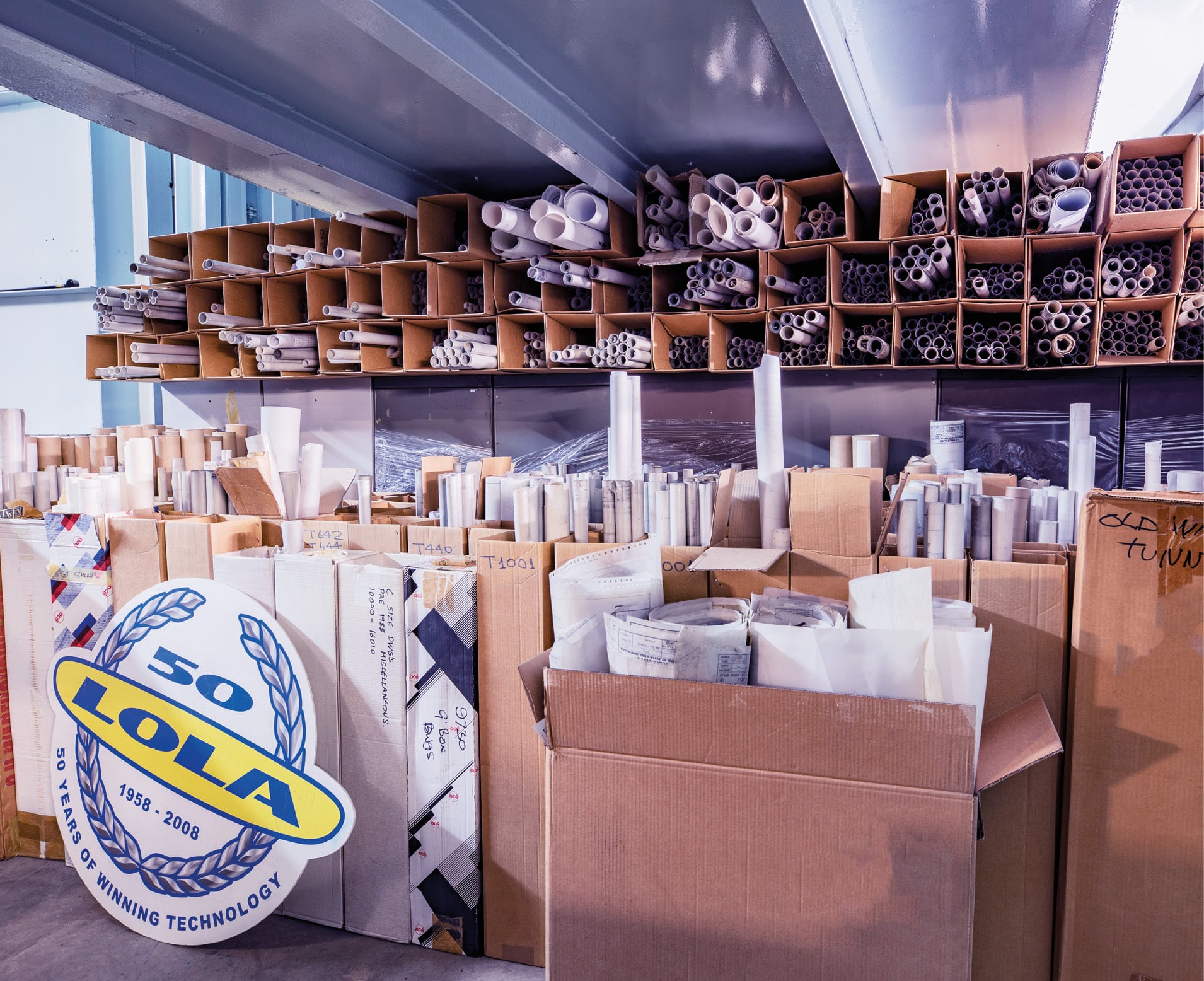
Assorted drawings of every Lola model, which could prove useful to a continuation project in the future
To outsiders (such as journalists), Birrane could be an intimidating character. But Dawson reveals a wholly different side to the Irishman. During his early adult life Birrane was a song-and-dance man who had earned his equity card treading the boards and even appearing in TV adverts. To those who knew him only from a distance, it’s somewhat hard to imagine. “Martin was a formidable guy, but he was also a gentleman,” says Dawson. “He was always immaculately dressed and took great pride in his appearance. In business, someone once told me he always had to send his A-team in when dealing with Martin. But he had a heart of gold. He was a family man as well as a businessman.”
After 15 years of investment – of taking Lola back to his beloved Le Mans and competitively too with MG; of re-establishing dominance in IndyCar; even breaking Dallara’s stranglehold on Formula 3 (once, thanks to Danny Watts at Castle Combe in 2004); of diversifying a thriving composites business into areas such as defence – Birrane, now 76, called time. Motor sport’s creeping recovery from the 2008 credit crunch had taken its tolls, as did the disappointment of missing out on an F1 entry for 2010, a project for which he’d invested significant sums of his own money (strange how, like Broadley, the promise of F1 wounded him). Mindful that he didn’t want to leave Lola as a problem for his family, he “needed someone else to write the next chapter”, as Dawson puts it.
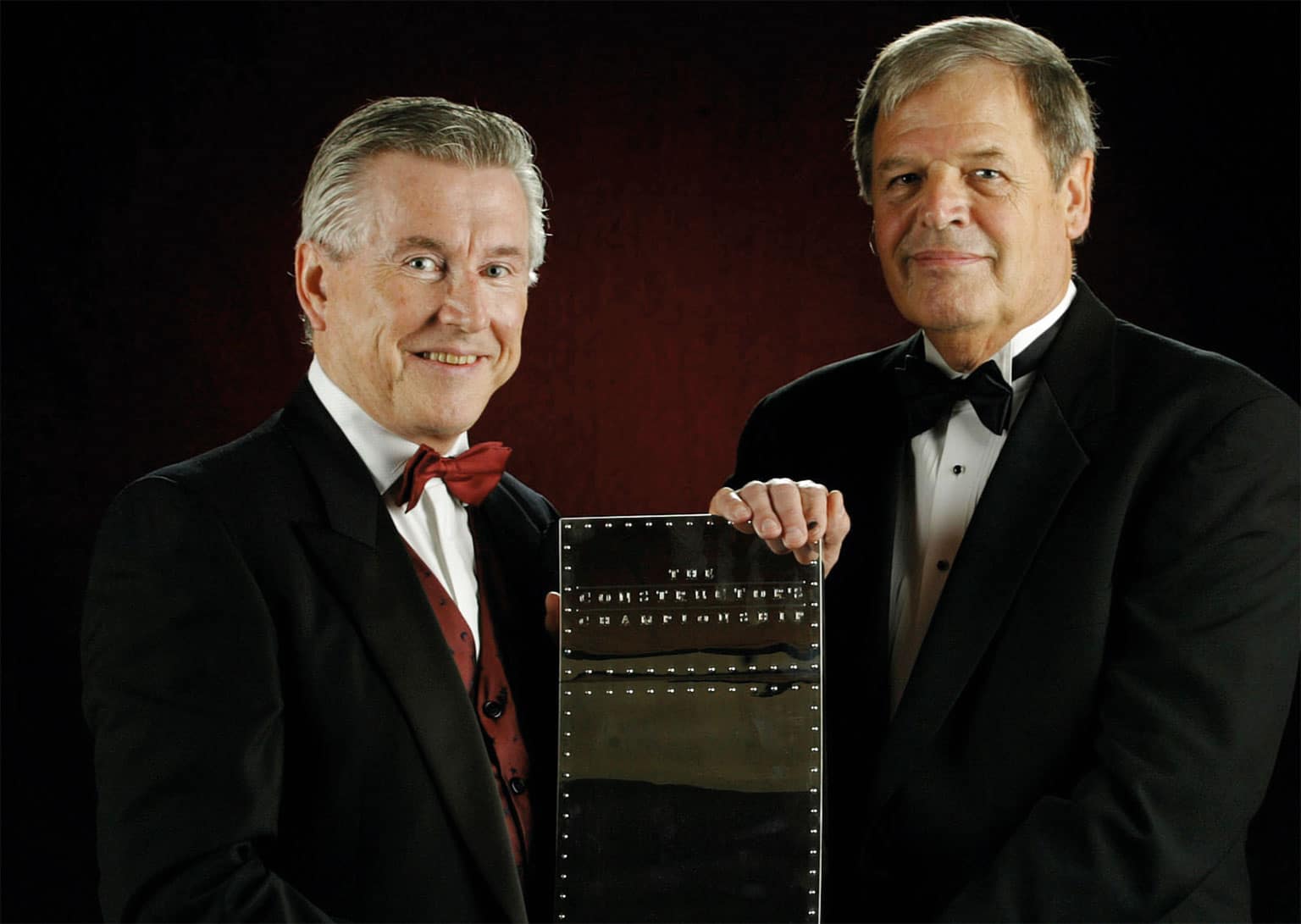
Lola’s Martin Biranne, left, being presented with the 2002 CART constructors’ trophy
Initially, Birrane froze the whole company in the hope another like-minded visionary wished to pick up the baton. But no one came forward. The main office was leased to a company that made windows and doors, although intriguingly it’s now empty.
Martin Birrane died aged 82 in 2018. Since then his family has considered his wishes to push once more for an all-in sale in the hope Lola might fly again. An indicative price is said to be in the region of £4-7 million. “The family have an emotional attachment to Lola and they want to sell it all together,” says Dawson. “They will respond to enquiries, but there is no Plan B.” McRobert also points out the tunnel is of modular construction and could be moved, if so required.
Dawson says the family also has a strong desire to retain Martin’s personal collection of prized Lolas, housed in a museum at Mondello and which also includes the BMW M1 Procar in which he won his class at Le Mans in 1985. “The family won’t sell them because they don’t need to,” Dawson explains. “They represent a strong emotional link to Martin.”

Some of the technical drawings are well organised and ready to be used again
So a third age for Lola: really, what are the chances? In our Covid-ravaged world, the timing for such a pitch could be better. But it’s said more than 4000 competition Lolas were built between 1958 and 2012. That’s a lot of spare parts, and Birrane himself embarked on a continuation run of T70s. Could a run of ‘new-old’ Lolas spark life, at a time when new BRM V16s and Vanwalls are said to be on the blocks? Or could the old Lola plan for a small-volume supercar or track-day special form the nucleus of a business – especially if it was powered by electricity or hydrogen? Saunders and McRobert would love to see a reborn Lola in the modern racing arena, but even with cutting-edge technical facilities is that really plausible in the 2020s?
What the company needs is a facsimile of Martin Birrane – but as Dawson and Saunders can attest, he was a one-off, and the racing world has moved on a long way since 2012, never mind 1997. A revival looks a long shot. But that’s not to say it can’t or won’t happen. The best motor sport stories, like Broadley’s and Birrane’s, are built largely on instinct, faith and optimism. What Lola stands for and what its previous custodians have left behind should be too strong to be left to gather dust. Mary Celeste deserves to sail again.
Seasons in the sun
We pick the greatest hits from Lola’s long racing history
Mk1, sports car, 1958
Designed by Eric Broadley and his cousin Graham, Lola pitched against Lotus, taking class wins at Sebring and the Nürburgring.
T70, sports car, 1965
Penske victory at the 1969 Daytona 24 Hours stands out. In Mk3B form, it’s the perfect historic endurance racer.
T210/212, sports car, 1970/71
Jo Bonnier claimed the European 2-litre Championship crown in 1970 with a T210; Ronnie Peterson drove a T212 in ’71.
T332, F5000, 1973
Dominated the single-seater category from 1974-76. Brian Redman won the ’74 opener in the US en route to three successive titles.
T800, Indycar, 1984
The car that started Lola’s run of success in IndyCar which included 11 CART/Champ Car titles and almost 200 victories.
T90/50, F3000, 1990
Drivers preferred the 1989 T90/89, but its successor was the car that broke Reynard’s stranglehold on the F1 feeder formula.
B2/00, Indycar, 2000
Vital car in the Martin Birrane era, as Lola re-established itself as the dominant force in IndyCar. Raced until 2006.
MG-Lola EX257, sports car, 2001
Le Mans was a priority for Birrane, and with the EX275 Lola proved a lighter LMP675 car could threaten the LMP900s.
